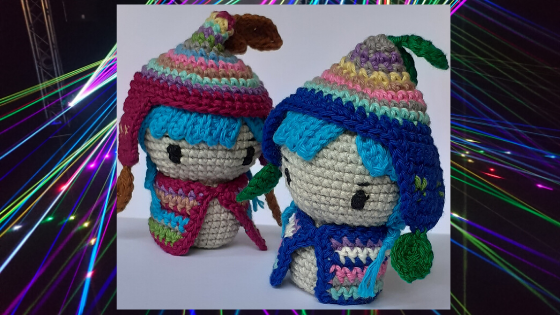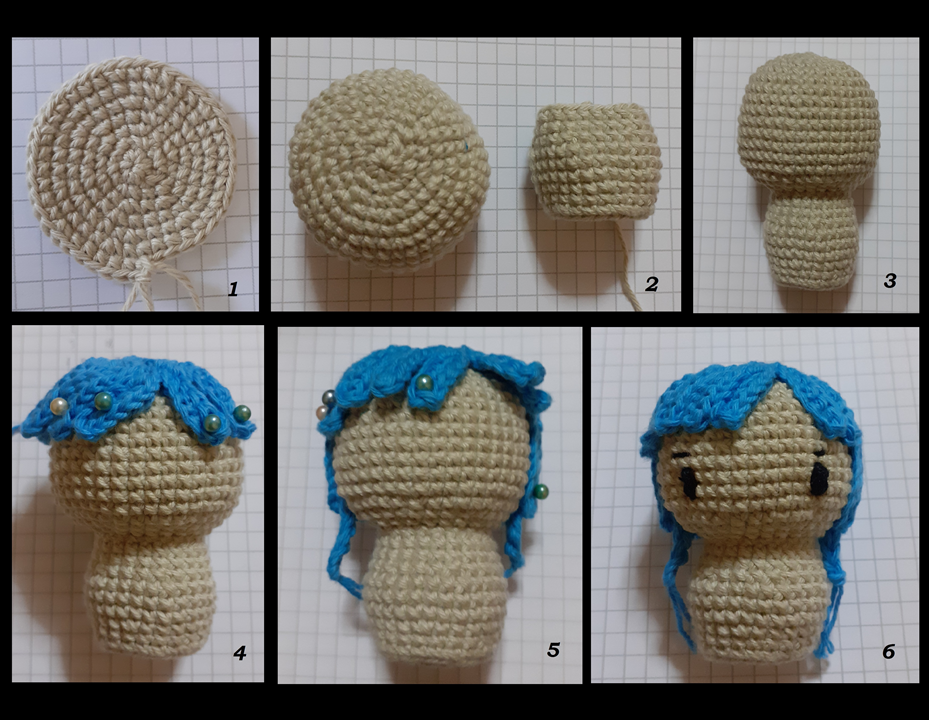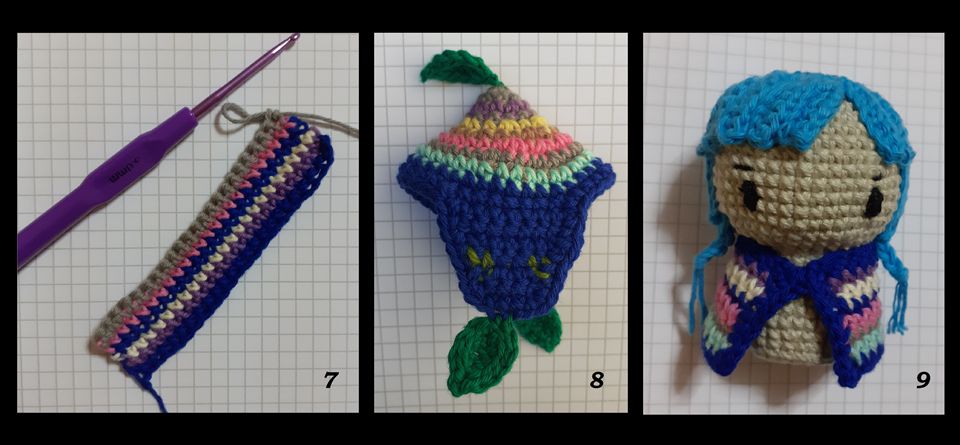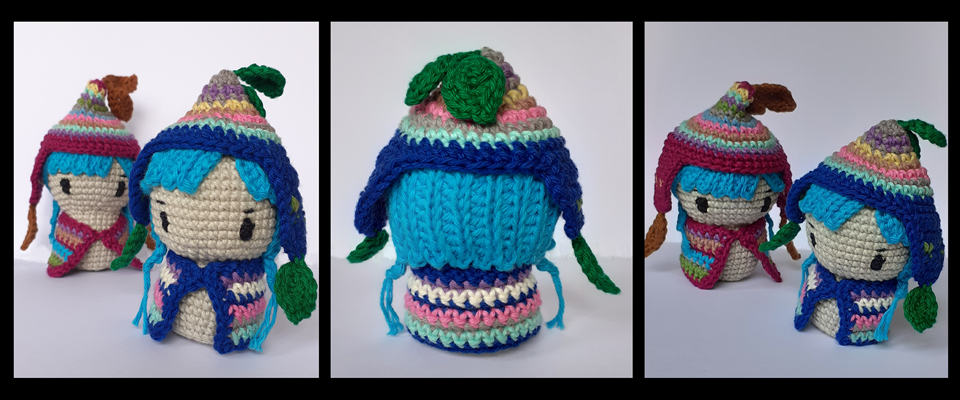Vísperas por el “Día de la papa” (30 de mayo)
Hola,
Tunta es un chuño blanco, el personaje es del género femenino y viste un chullo y una manta característicos de los andes. Esto se debe porque en los andes las temperaturas son extremas, es decir, de alta radiación solar y un gélido frío que llega hasta bajo 0ºC (grados Celsius). Las hojas del chullo son adornos, las verdes indican las hojas de la planta de papa en pleno desarrollo y las hojas marrón marchito indican el color de las hojas durante la cosecha. Además, tienen cabello celeste similar al hielo, ya que les agradan las bajas temperaturas.
Tunta is a white chuño, the character is female and wears a chullo and a blanket characteristic of the Andes. This is because in the Andes the temperatures are extreme, that is to say, of high solar radiation and a cold frost that arrives until low 0ºC (degrees Celsius). The leaves of the chullo are decorative, the green ones indicate the leaves of the potato plant in full development and the brown withered leaves indicate the color of the leaves during the harvest. In addition, they have light blue hair similar to ice, as they like low temperatures.

¿De dónde viene el chuño?
Nuestros antepasados andinos desarrollaron cultivos resistentes a heladas y sequías, estos son sembrados a alturas mayores de 3800 m.s.n.m. Ahora bien, si hablamos de la papa, tenemos dos tipos o grupos: las nativas y las modernas. Y entre las papas nativas tenemos a las dulces (Solanum tuberosum sub especie Andígena) y las amargas (S. juzepczukii y S. curtilobum), estas últimas son utilizadas para la elaboración del chuño, aunque estos últimos años también se están utilizando variedades mejoradas.
Where does the chuño come from?
Our Andean ancestors developed crops resistant to frost and drought, these are planted at altitudes higher than 3800 m.a.s.l. Now, if we talk about the potato, we have two types or groups: the native ones and the modern ones. And among the native potatoes we have the sweet ones (Solanum tuberosum sub species Andígena) and the bitter ones (S. juzepczukii and S. curtilobum), these last ones are used for the elaboration of the chuño, although these last years also improved varieties are being used.

Pero, ¿qué es el chuño?
El chuño es una papa, la cual pasó por proceso de deshidratación de manera natural, emplea las altas temperaturas del día y las bajas temperaturas de la noche. Este es un método de conservación postcosecha, para que los alimentos duren más tiempo en almacén. En la actualidad, las regiones de Puno, Cusco, Arequipa, Tacna y algunas regiones de los andes centrales lo siguen elaborando y se comercializa en los mercados locales, llegando también a la capital del país.
But what is chuño?
The chuño is a potato, which went through a natural dehydration process, using the high temperatures of the day and the low temperatures of the night. This is a post-harvest conservation method, so that the food lasts longer in storage. Currently, the regions of Puno, Cusco, Arequipa, Tacna and some regions of the central Andes continue to produce and sell it in local markets, also reaching the country's capital.

En las primeras imágenes, se observa los pasos para formar el personaje. Las imágenes 7 y 8 muestran la vestimenta. Para esto se utilizó colores pastel, el azul eléctrico y el verde de las hojas. La imagen 9 muestra a Tunta con el atuendo (manta).
In the first images, you can see the steps to form the character. Pictures 7 and 8 show the clothing. For this, pastel colors were used, the electric blue and the green of the leaves. Picture 9 shows Tunta with the attire (blanket).

Finalmente la sesión de fotos de las tuntas.
Finally the photo session of the tuntas.
¡Y eso es todo!,
¡…Hasta la próxima!
See you next time!
Dato curioso: Tenemos el chuño blanco (tunta o moraya) y el chuño negro. En casa consumimos chuño negro.
►Encuéntranos en:
- Facebook: https://www.facebook.com/iniciartecraft/
- Instagram: https://www.instagram.com/inici_arte_craft/
- Creary: https://creary.net/@diana.waranqa/
¡Felicidades! Esta publicación obtuvo upvote y fue compartido por @la-colmena, un proyecto de Curación Manual para la comunidad hispana de Hive que cuenta con el respaldo de @curie.
Si te gusta el trabajo que hacemos, te invitamos a darle tu voto a este comentario y a votar como testigo por Curie.
Si quieres saber más sobre nuestro proyecto, acompáñanos en Discord: La Colmena.
Muchas gracias al equipo por su apoyo.
¡Buenas vibras!.
This post was shared in the #spanish-curation channel in the Curation Collective Discord community for curators, and upvoted and reblogged by the @c2-spanish community account after manual review.
@c-squared runs a community witness. Please consider using one of your witness votes on us here
Muchas gracias, en serio. Nos alegra que les agrade nuestro trabajo.
¡Buenas vibras!.